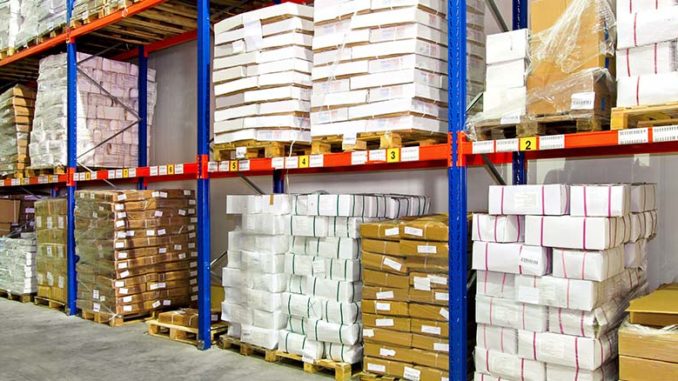THE IMPACT OF COVID-19 ON THE COLD CHAIN MARKET
05 Mon, 2020

As the global economy struggles to cope with the COVID-19 pandemic situation, its impact on global trade and the cold chain market is increasing, with rapid deterioration in the supply of products, irrespective of high demands. The global market for cold chain has contracted due to the COVID-19 crisis, with the shutdown of the manufacturing units in China, and sudden recession conditions in other region, such as North America, Europe, and Asia Pacific.
by Vikas Basuru, Research Associate – Food and Beverages, MarketsandMarkets Research, and Amarnath Rajendran, Associate Manager – Food & Beverage, MarketsandMarkets Research
The European region is the largest market, due to a steady increase in demand, particularly for cold chain, on the basis of a continuous increase in the domestic consumption of high-quality food and beverages. North America witnesses a stable growth due to its mature market. The Asia Pacific region shows significant growth potential for the cold chain industry, due to the increase in awareness about the prevention of food wastage before consumption, growth of the organized retail sector, and rise in consumer demand for packaged food & beverages.
The cold chain process ensures that the products are safe and retain their qualities at the point of consumption. The inability to keep products at appropriate temperature conditions can result in textural degradation, discoloring, bruising, and microbial growth. Furthermore, high-quality products improve satisfaction among consumers and results in a surge in demand.
The cold chain market involves business operations that primarily focus on refrigerated transportation. This poses a drawback, due to the current COVID-19 pandemic, as numerous countries around the world are witnessing a lockdown, and social distancing has been mandated by government authorities to curb the transmission of the outbreak. Because of these factors, both imports and exports in many countries have been either restricted or delayed since the outbreak.
Moreover, both regular bulk buyers and shoppers have increased their d for cold chain products. However, supermarkets have been facing a shortage, and due to the restrictions on imports and exports, there is an uncertainty in international trade. This has impacted the sourcing strategies, distribution networks, and even the rise in commodity prices.
Cold chain market players may include deferring non-strategic investments and activities in adjusting capacity plans, to maintain consistency in the imminent recession. Travel across national borders should be monitored or minimized, to avoid stranding travelers due to quarantines. Key players should emphasize on switch tactics and be dynamic with the situation. For example, they should deliver products directly to stores, rather than their distribution centers. This would result in a safer delivery of products and lower human involvement.
To conclude, the rising demand for packaged and high-quality food & beverages due to the changes in consumer preferences is a major factor encouraging the growth of the market for the cold chain. The low tariffs and non-tariff barriers to international trade have encouraged the cross-border movement of cold chain products. Furthermore, the COVID-19 pandemic is currently projected to impact supply in the cold chain market. However, some non-strategic investments for improving the distribution patterns can be helpful in tackling the current pandemic scenario.
Publication date: April 29, 2020
Related Post
The true fishmeal carbon footprint
The established Life Cycle Analysis (LCA) methodology to assess the fishmeal carbon footprint only accounts for the vessel fuel and post-harvest processing energy while ignoring the carbon sequestration potential of fish.
View more
Freezing Tropical Fruits: Convenient and Effective Solution with Octofrost Machines
Tropical fruits are always a great choice for providing nutrition and fresh flavor to daily meals.
View more


